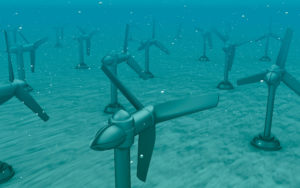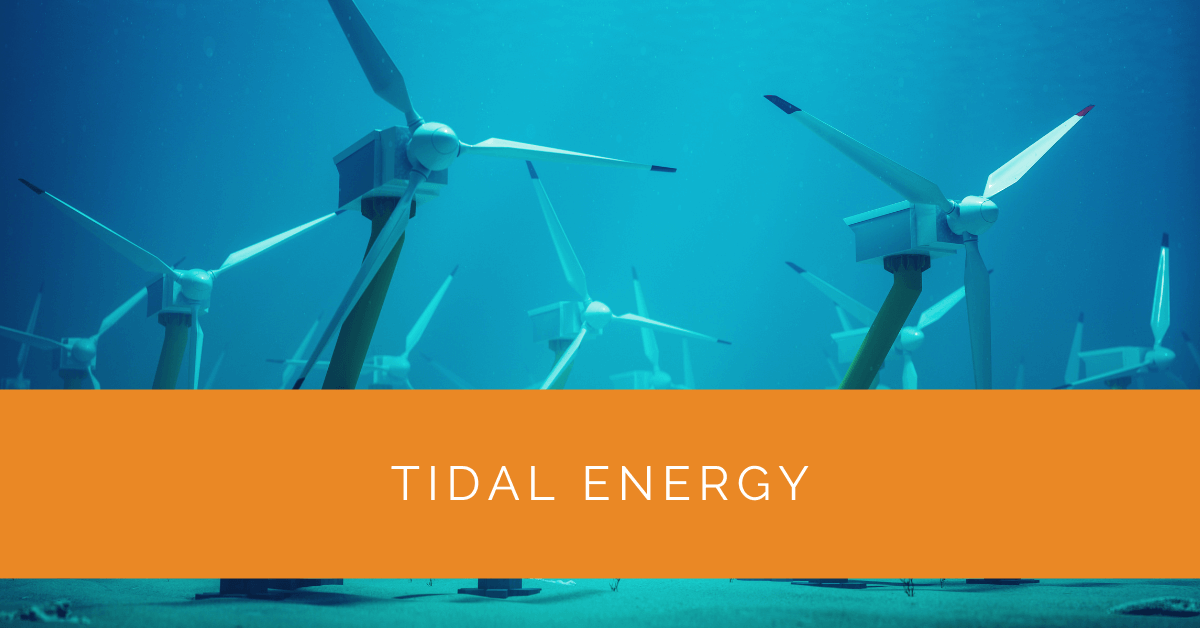Tidal energy, also known as tidal power, is a remarkable renewable energy source that taps into the gravitational pull of the moon and the sun on our oceans. This article delves into the science behind tidal energy, the technologies used to harness it, its potential as a clean source of electricity generation, and the innovative research driving this exciting field.
Contents
Key Takeaways
- Tidal energy harnesses the gravitational pull of the moon and the sun on ocean tides to generate electricity, offering a stable and predictable renewable energy source.
- Tidal turbines and barrages are the primary technologies used to tap into tidal power, with tidal fences providing an alternative approach for specific locations.
- Tidal energy’s global potential is immense, with successful projects like the Sihwa Lake Tidal Power Station and the MeyGen project showcasing its viability as a clean energy source. Ongoing research and innovation aim to overcome challenges and optimize tidal energy technology.
How Tidal Energy Works
The Science Behind Tidal Energy
Tidal energy is a fascinating phenomenon that capitalizes on the gravitational forces exerted by the moon and the sun on the Earth’s oceans. These gravitational pulls create the rise and fall of tides, and by strategically positioning tidal turbines in the path of these tidal currents, we can convert the kinetic energy of the moving water into electricity. The regularity and predictability of tidal cycles make tidal energy a reliable and sustainable source of power generation.
Tidal Turbines: Tapping into the Tides
Tidal turbines play a pivotal role in harvesting tidal energy. Like their wind turbine counterparts, these specialized underwater devices consist of rotating blades that respond to tidal currents. As the water flows through the turbines, their movement drives clean electricity generators. There are two main types of tidal turbines – horizontal axis turbines that resemble traditional wind turbines and vertical axis turbines that efficiently harness tidal streams flowing in different directions. The versatility and scalability of tidal turbines make them an attractive solution for coastal regions with strong tidal currents.
Tidal Barrages: Converting Tidal Energy
Tidal Barrage Structure
Tidal barrages serve as another innovative approach to harnessing tidal energy. These impressive structures span estuaries or bays and incorporate sluice gates or turbines. The gates are closed during high tide, allowing the basin behind the barrage to fill with water. As the tide ebbs, the gates are opened, enabling the water to rush through the turbines, driving generators to produce electrical energy. The difference in water levels between high and low tides, known as the tidal range, determines the potential energy that tidal barrages can harness.
Advantages and Challenges
Tidal barrages offer several advantages as a source of energy generation. They provide a stable and predictable output of electricity that can be precisely synchronized with power demand. Additionally, tidal barrages can serve dual purposes, functioning as both renewable energy generators and flood protection systems and contributing to the restoration of estuarine ecosystems.
However, the construction of tidal barrages presents some challenges. The impact on local environments and communities must be carefully managed, as it can disrupt natural habitats and affect fish migration and coastal ecosystems. Thoughtful planning and comprehensive environmental mitigation strategies are vital to minimizing adverse effects.

Tidal Fences: An Alternative Approach
Understanding Tidal Fences
Tidal fences represent an innovative alternative approach to harnessing tidal energy. These fixed structures, similar to tidal barrages but on a smaller scale, consist of rows of turbines or blades positioned perpendicular to the direction of tidal flow, usually on the seabed or riverbed.
Harnessing Tidal Energy with Fences
As the tidal currents flow through the fence, the turbines are set in motion, converting the kinetic energy of the tide into electricity. The advantage of tidal fences lies in their flexibility and scalability, as they can be installed in narrow channels and estuaries where tidal streams are particularly strong. This adaptability makes tidal fences suitable for various locations, ensuring a broader reach for tidal energy projects.
Comparing Tidal Fences to Other Methods
Compared to tidal barrages, tidal fences have a lower environmental impact and can be more cost-effective for specific sites. However, their power output may be slightly lower due to their smaller scale. The suitability of tidal fences versus other methods depends on each location’s specific characteristics and requirements, making them a valuable addition to the portfolio of tidal energy solutions.
Tidal Energy’s Potential and Limitations
Global Tidal Energy Potential
Tidal energy holds immense global potential, with numerous promising locations worldwide. Regions with strong tidal currents, such as the Bay of Fundy in Canada and the Pentland Firth in Scotland, boast particularly high tidal energy potential. These locations represent excellent opportunities for deploying tidal energy projects and contributing to a sustainable energy future.
Case Studies: Success Stories in Tidal Energy
Several successful tidal energy projects demonstrate the viability of this renewable energy source. The Sihwa Lake Tidal Power Station in South Korea, one of the largest tidal power plants globally, showcases the potential of tidal barrages. Completed in 2011, this power station harnesses the tidal range in the estuary of Sihwa Lake, generating an impressive 254 megawatts (MW) of electricity, enough to power around 500,000 households.
Additionally, the MeyGen tidal energy project in Scotland’s Pentland Firth exemplifies the effectiveness of tidal turbines. By utilizing tidal currents, this project contributes significantly to Scotland’s renewable energy targets, highlighting the immense potential of tidal turbines as a clean and reliable energy generation solution.
Overcoming Challenges
As with any emerging technology, tidal energy faces its share of challenges. Environmental impact remains a critical consideration, and finding ways to minimize disruption to marine ecosystems and fish migration is crucial. Ensuring economic viability and cost-effectiveness is essential to effectively compete with other renewable energy sources and fossil fuels. Moreover, seamlessly integrating tidal energy into existing power grids and managing the variability of tidal cycles require ongoing research and innovative solutions.
Tidal Energy Research and Innovation
Pacific Northwest National Laboratory’s Contributions
The Pacific Northwest National Laboratory (PNNL) in the United States has been the forefront of tidal energy research and innovation. Their endeavors include investigating new materials and turbine designs to enhance efficiency, reliability, and environmental sustainability in tidal energy technologies. Through continuous research and development, institutions like PNNL are pivotal in advancing the tidal energy sector and driving its widespread adoption.
In addition to PNNL, research institutions and private companies worldwide continue to explore novel approaches to improve the performance of tidal turbines and tidal barrages, pushing the boundaries of tidal energy technology further and propelling us toward a more sustainable future.
Expert Insights From Our Solar Panel Installers About Harnessing Tidal Energy
Tidal energy is one of the most reliable renewable energy sources due to the predictable nature of tidal cycles. This predictability makes it a stable and sustainable option for clean electricity generation.
Senior Renewable Energy Engineer
The integration of tidal turbines and barrages in coastal regions has demonstrated significant potential. These technologies not only generate power but also provide additional benefits such as flood protection and ecosystem restoration.
Marine Energy Specialist
Innovative solutions like tidal fences are expanding the possibilities for harnessing tidal energy. Their adaptability to various marine environments allows for a broader application, making tidal energy accessible to more regions.
Tidal Energy Project Manager
Conclusion
Tidal energy represents a promising and environmentally friendly source of electricity generation. Harnessing the rise and fall of ocean tides, tidal turbines, and barrages can potentially become key contributors to the global renewable energy landscape. As research and innovation unfold, tidal energy is poised to play a significant role in our transition toward a sustainable and cleaner energy future.
About the Author
Solar Panels Network USA stands at the forefront of solar energy solutions, driven by a team of seasoned solar engineers and energy consultants. With over decades of experience in delivering high-quality solar installations and maintenance, we are committed to promoting sustainable energy through customer-centric, tailored solutions. Our articles reflect this commitment, crafted collaboratively by experts to provide accurate, up-to-date insights into solar technology, ensuring our readers are well-informed and empowered in their solar energy decisions.

